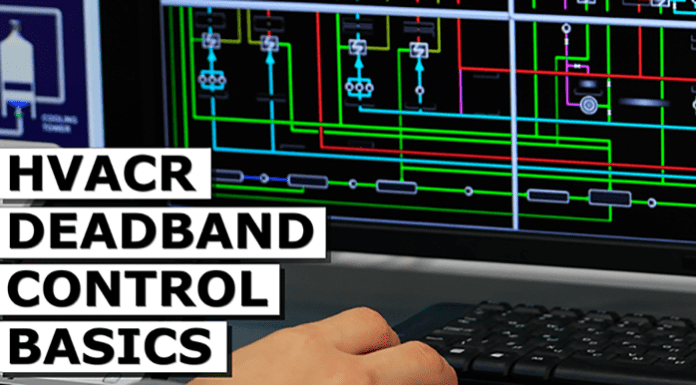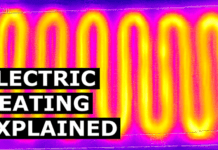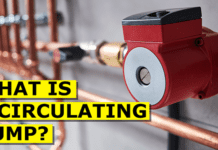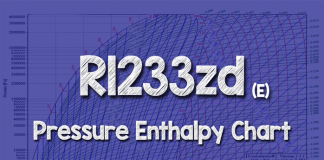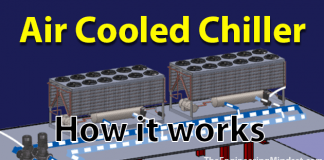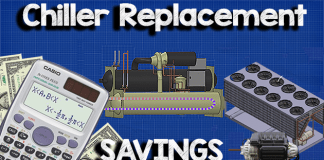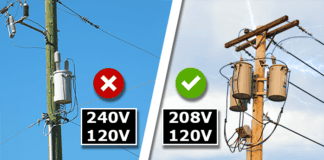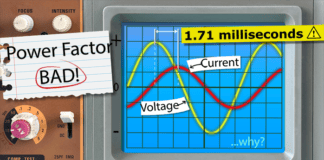How do we used dead bands to control temperature in HVAC heating and cooling systems?
Scroll to the bottom to watch the YouTube tutorial.
To alleviate swings in temperature, we set a dead band condition – typically plus or minus one degree Celsius from the required temperature. For example, if we want a room temperature of 21 degrees Celsius with a dead band of plus or minus one degree, the heating will turn on when the room temperature falls below 20 degrees Celsius. It will then switch off when it is above 22 degrees Celsius. This gives us an average temperature of 21 degrees Celsius.
The dead band values depends on many factors, it can be modelled on a computer but generally it is found through trial and error with small incremental changes to find the optimal point- where the room is comfortable and the system operates efficiently.
Modulating Output
On and Off control makes it difficult to maintain a desired temperature. Instead, we can use special valves to modulate the thermal output, keeping the temperature within a certain dead band. In a simple heating system when the gas boiler turns on, it will run at full power to heat the water but then it reduces the gas supply by using a motorized valve. This reduces the heat output of the boiler. It does this instead of turning it off. The water temperature set point is kept in the dead band so the heat output is equal to the heat leaking out of the room.
Most systems have a single heating or cooling source, with multiple radiators or fan coil units connected to this. These are usually in different rooms so we need to control the output of the individual units.
the simplest method to achieve this is the thermostatic radiator valve. This is a valve found on heated water systems. It basically uses a chamber filled with a wax liquid or gas which expands and contracts as the room temperature changes. This controls the valve position. The hotter it gets, the further it closes the valve. The colder it gets the more it opens the valve. The heat output of the radiator therefore matches the room. Alternatively, a radiator or fan coil unit could use a motorized valve which is controlled by thermostat in the room. This will vary the flow rate of hot or cold water into the unit. This will vary the thermal output of the unit to match the demand. However if a fixed speed pump supplies units then as one valve closes, it causes a pressure increase in the pipework so the flow rate of water increases through the other valves. That’s a problem because it will increase the heat output. The valves will constantly adjust to try and maintain the correct temperature. We will therefore lose control of the system as the valves are not working so much, they will break down much faster. To overcome this we could install a pressure sensor and a variable speed pump. As the valve opens and closes, the pump changes speed to try and maintain a constant pressure, a thus a constant flow rate through the radiators. This happens regardless of when another valve opens or closes.
We have covered how variable speed drives work HERE and also how pumps work HERE in our previous articles. Do check them out!

